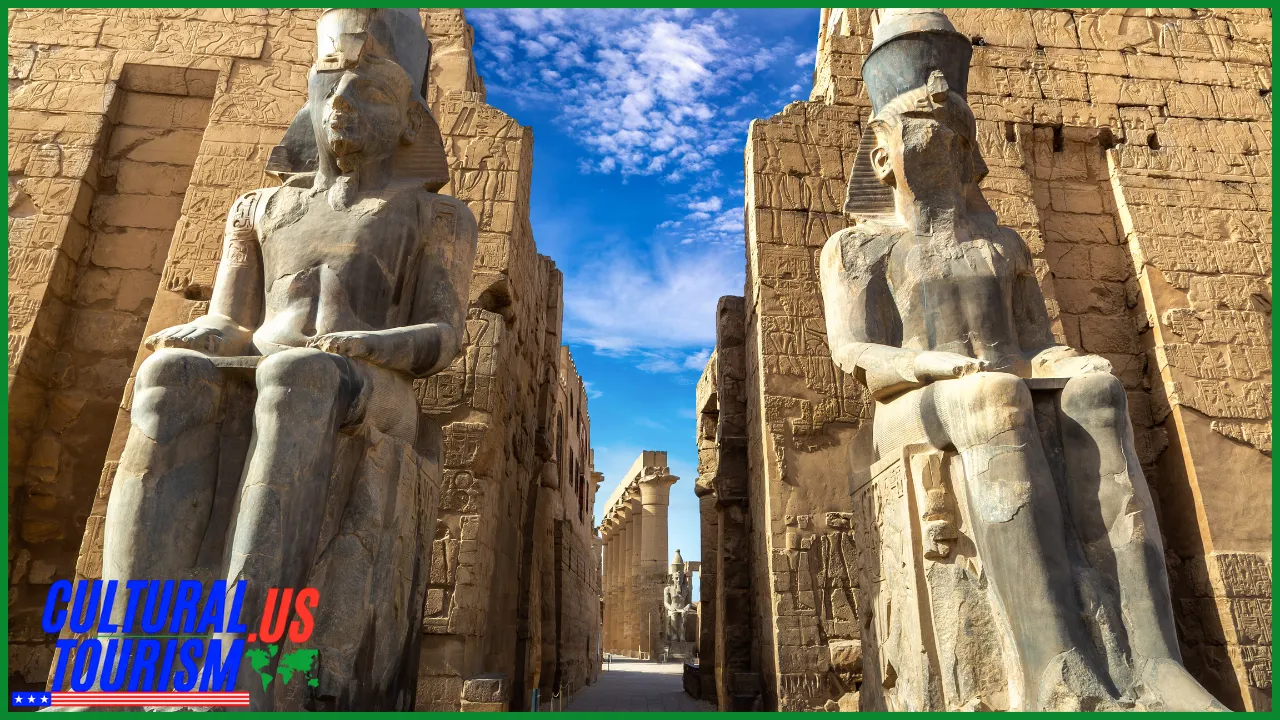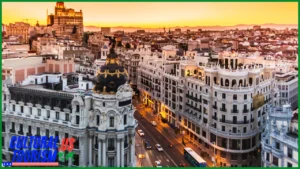Unraveling the Mysteries of the Sphinx
Alright, my fellow travel enthusiasts! If you’re here, you probably already know that venturing to see the Sphinx of Giza is like diving into a history book that’s drawn some serious attention over the ages. Picture this: a giant limestone statue with the head of a human and the body of a lion, just chillin’ in the desert for over 4,500 years. That’s some serious real estate! So, grab your virtual backpack because we’re about to explore what makes this ancient wonder a must-visit. ️
The Sphinx: The Basics
So, you might be wondering, «What is this colossal creature all about?» Let’s break it down step by step:
1. Historical Background
The Sphinx is believed to have been built during the reign of Pharaoh Khafre, around 2500 BC. I mean, imagine being part of a construction team that was out there building something that would still be famous millennia later. Talk about a job well done!
2. Why It’s Famous
- It’s the largest monolithic statue in the world. Go big or go home, right?
- There are tons of legends surrounding it. Some say it’s a guardian of the pyramids, while others reckon it has hidden treasures beneath.
- It has more selfies than any celebrity. Seriously, this guy gets around!
Getting the Most Out of Your Visit
Alright, so you’ve booked your flight to Egypt and the Sphinx is on your itinerary. Yaaas! Here are some tips to avoid being “that tourist”:
1. Timing is Everything
Plan your visit early in the morning or towards sunset. Not only will you dodge the scorching midday sun, but you’ll also catch some killer photo ops with the golden rays hitting the stone. And trust me, your Instagram will thank you later!
2. Dress Smart
We’re talking comfy shoes, sunscreen, and a hat. The desert won’t exactly accept a fancy outfit and stiletto heels. Trust me, thinking you can “make it work” will just earn you some sunburn and sore feet!
Fun Facts That Will Make You Sound Like a Travel Genius
| Fact | Explanation |
|---|---|
| Missing Nose | It’s kinda like that one friend who overshares—everyone’s always staring at it! The Sphinx lost its nose, probably due to erosion and maybe a few vandalism attempts. Oops! |
| Symbolism | It’s suggested that the Sphinx symbolizes strength and wisdom. So, if you need some inspiration, just look at that big guy! |
| Weathering the Storm | Despite the wind and sand trying to erase it from history, the Sphinx has held on. It’s like the grandpa of monuments! |
Common Pitfalls and How to Avoid Them
Even seasoned travelers can have a few bumps in the road. Here’s what to watch out for:
- Don’t just take a picture and leave! Spend some time soaking in the atmosphere. You wouldn’t rush through a museum, right?
- Watch out for those local vendors. Sure, the trinkets are cute, but your wallet might not agree!
Pro Tip!
If you really want to take your visit up a notch, consider hiring a guide! They have all the juicy gossip about the Sphinx and can unleash some secrets that you won’t find in any brochure. Plus, they might just help you dodge overpriced souvenirs. Win-win!
Final Thoughts
So there you have it! The Sphinx of Giza is not just a huge stone cat laying around. It’s a marvel filled with history, legends, and a few splashes of tourist chaos. Whether you’re an avid history buff or just looking for the perfect Instagram shot, make sure this giant feline is on your travel bucket list. Who knows? You might leave with not just pictures, but a passion for Egyptology!
If you found this guide useful, share it with your travel buddies! After all, who doesn’t want to brag about their Sphinx knowledge?
Essential Travel Tips for Visiting the Sphinx and Giza
Hey there, fellow adventurer! Before you pack your bags and head to see the iconic Sphinx, let me drop some useful info that you won’t find in your average travel guide. So, grab a coffee, sit back, and let’s get you schooled on the details you didn’t know you needed! ☕️
Currency
Make sure to exchange your dollars (or whatever currency you hail from) for Egyptian Pounds (EGP). A fair warning: when in doubt, just round up your calculations. If you’re not sure if the price is in pounds or you’re being sold a pyramid scheme, play it safe!
Time Zone ⏰
Egypt operates on Eastern European Time (EET), which is GMT+2. If you’re from a different time zone, remember to adjust—unless you enjoy showing up to attractions an hour late. Not the best first impression.
Climate
Expect hot and dry weather, especially from May to September. If you’re planning to visit then, bring an extra water bottle because dehydration is definitely not a souvenir you want to take home.
Transportation
Getting around Giza and Cairo can be a wild ride! You can opt for taxis, which are cheap like chips, or use ride-hailing apps if you want to feel fancy. Just remember: your driver might consider traffic rules as more of a ‘suggestion’—think of it as a thrilling game of Frogger!
Food and Drink ️
Don’t be shy to sample local cuisine. Just do a little research first. If your salad is still waving ‘hello’ to passing clouds, it’s best to reconsider. And don’t forget to try some koshari—it’s the ultimate Egyptian comfort food!
Language
The official language is Arabic, but don’t stress if you can’t pronounce “Marhaba” (hello). Many locals understand English, especially in touristy areas. But hey, brush up on a few simple phrases—it’ll earn you some smiles and maybe a free cup of tea!
Etiquette
Respect the local customs! When visiting religious sites, make sure to cover your shoulders and knees. You want “tourist” to mean “curious explorer,” not “fashion faux pas.”
Photography Tips
Put down that selfie stick unless you want to be the episode of ‘This Is Why We Can’t Have Nice Things.’ And while it’s tempting to pose dramatically with the Sphinx, avoid climbing on it—yep, that’s a big no-no!
Pro Tip!
Visit the Sphinx at off-peak hours, as mentioned earlier. Early mornings or late afternoons are golden, but remember, prime time is no time for a sunburn. Your future self will thank you when you avoid looking like a lobster in your vacation photos!





